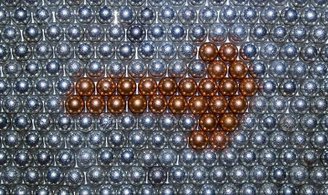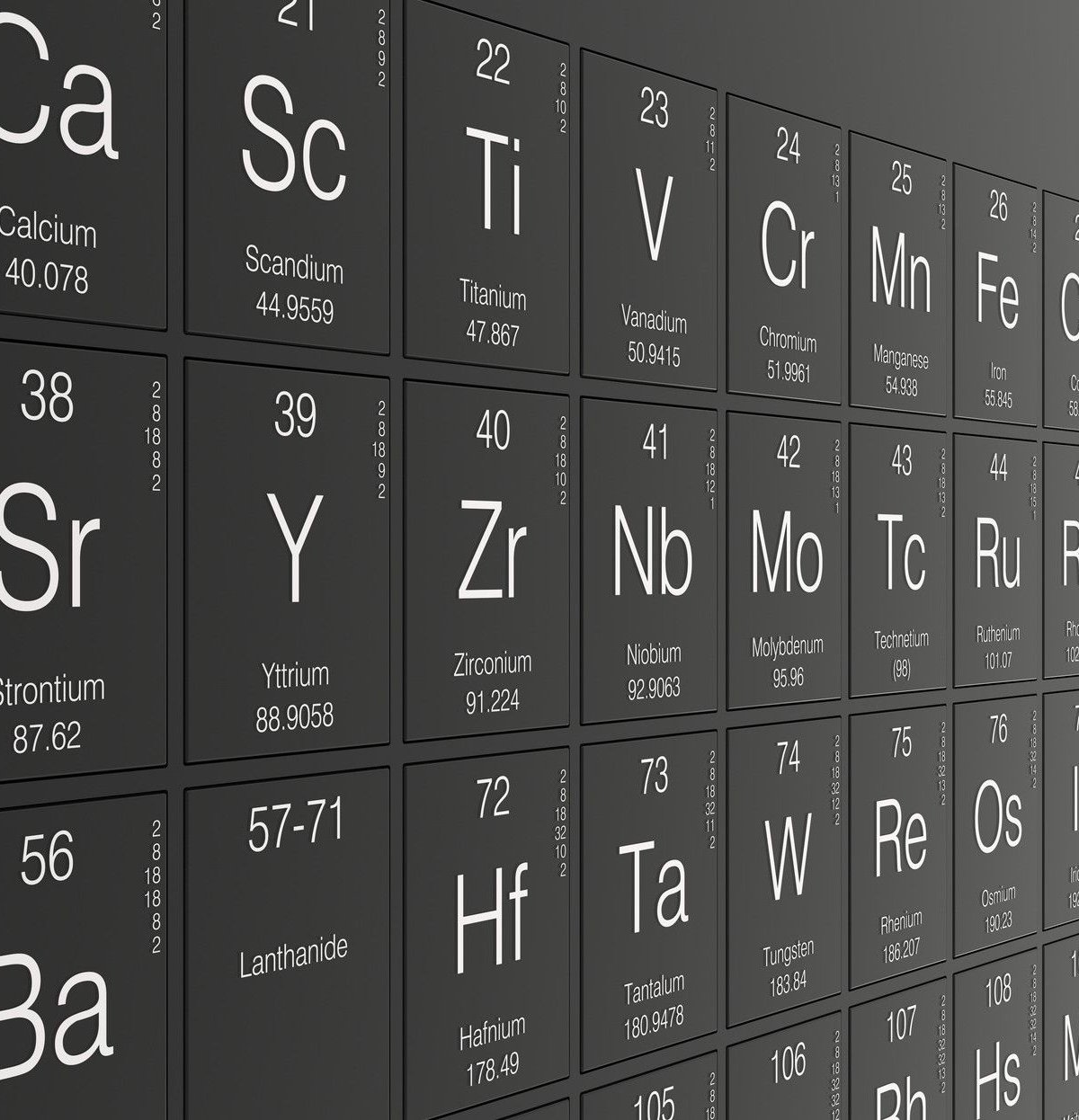In a recent study published in the journal Nature, an international team of researchers used laser spectroscopy methods to investigate extremes in the numbers of neutrons and protons in the atomic nuclei of chemical elements, at the boundaries of the periodic table.
By searching for these boundaries, the authors aim to better understand where the periodic table ends, that is, which are the most extreme chemical elements that can exist. Elements other than uranium, such as fermium (element 100) and nobelium (element 102) They are not found in nature and must be produced artificially to be studied.
Working at the GSI/FAIR particle accelerator in Darmstadt, Germany, they gained some valuable insight into the structure of the fermium atomic nucleus, which contains 100 protons and 145 to 157 neutrons. The idea was to investigate how the internal quantum structure of these heavy nuclei affects their physical dimensions.
Investigation of the nuclear structure of fermium
To make the measurements, the team examined isotopes (versions) of fermium, with lifetimes ranging from a few seconds to hundreds of days. They used a variety of methods to “create” isotopes: short-lived isotopes were produced at GSI/FAIR, producing only a few atoms per minute. This probe was slowed down by argon gas, which allowed it to capture electrons that form neutral atoms that are easier to search for with laser light.
Long-lived fermium isotopes (neutron-rich) were produced in small quantities in other laboratories and studied in the same way. These more stable isotopes are the ones best suited to be isolated and “trapped” for further analysis.
In spectroscopy, laser light excites an electron in the fermium atom and knocks it away, creating a detectable ion. excitation energy It varies depending on the number of neutrons and gives clues about changes in the size of the nucleus..
Effects of the work on the boundaries of the periodic table

Tests showed a steady, smooth increase in the nuclear charge radius (the area occupied by protons) in fermium isotopes as the number of neutrons increased. This is evidence that in heavy nuclei nuclear shell effects have little effect on this property.
In light and medium nuclei, the structure of the nuclear layer is fundamental: protons and neutrons occupy different energy levels, as in layers or “orbitals”. These levels or layers have a strong influence on the binding energies required to keep the core intact. That is, when a nucleus has the “right” number of protons or neutrons to fill a shell, becomes tighter and more stable.
The results confirmed theoretical predictions that the effects of individual neutrons and protons lose their effect as nuclear mass increases. However, these effects predominate in nuclei where there is a full set of such nuclei in the layers.
Do you have any questions? Tell us on our social networks and get the opportunity to share the article with your friends. Until later!
Source: Tec Mundo
I’m Blaine Morgan, an experienced journalist and writer with over 8 years of experience in the tech industry. My expertise lies in writing about technology news and trends, covering everything from cutting-edge gadgets to emerging software developments. I’ve written for several leading publications including Gadget Onus where I am an author.













